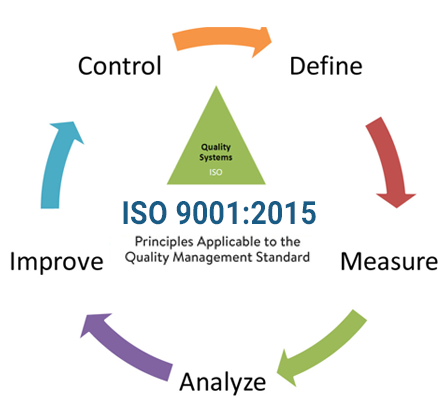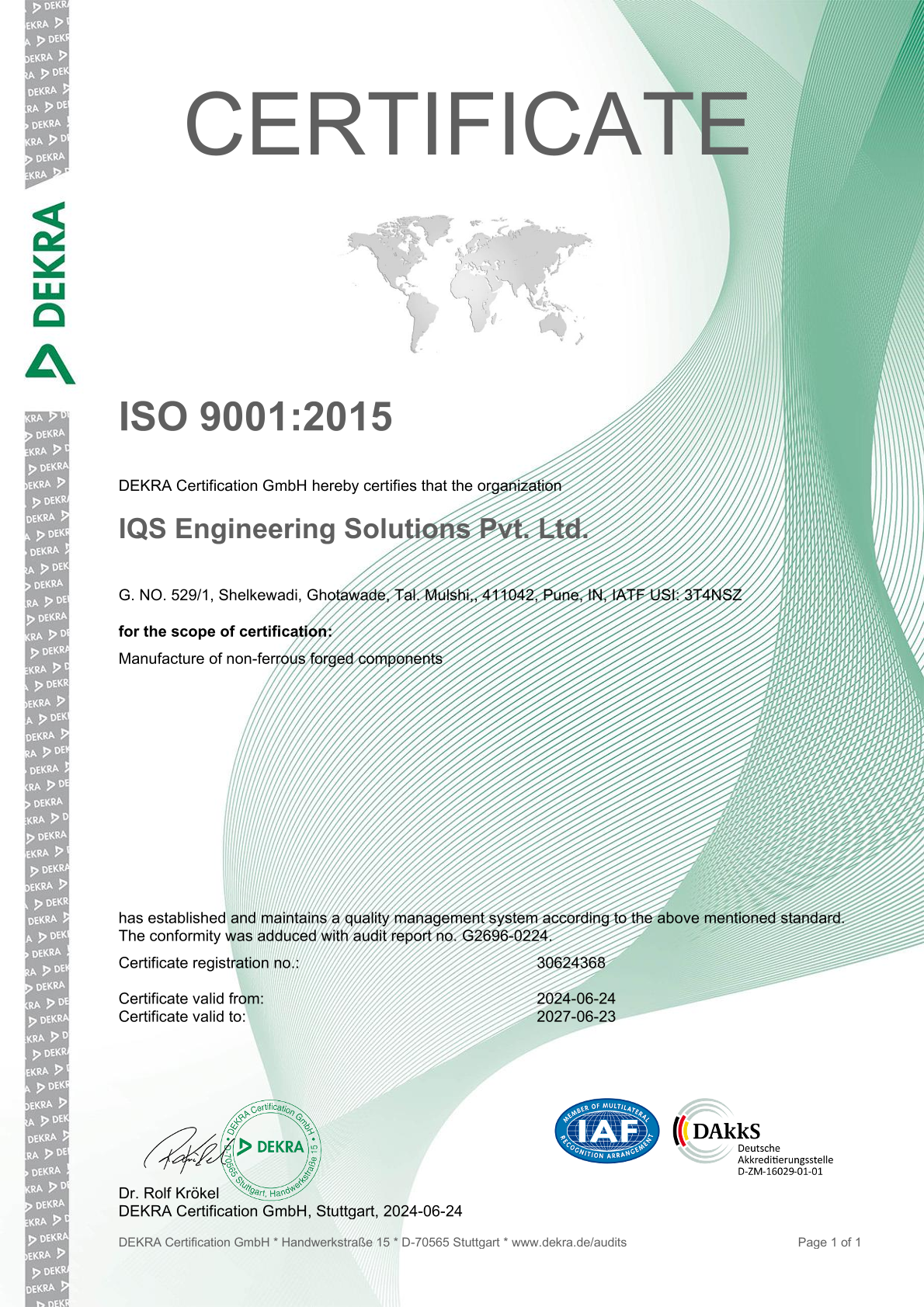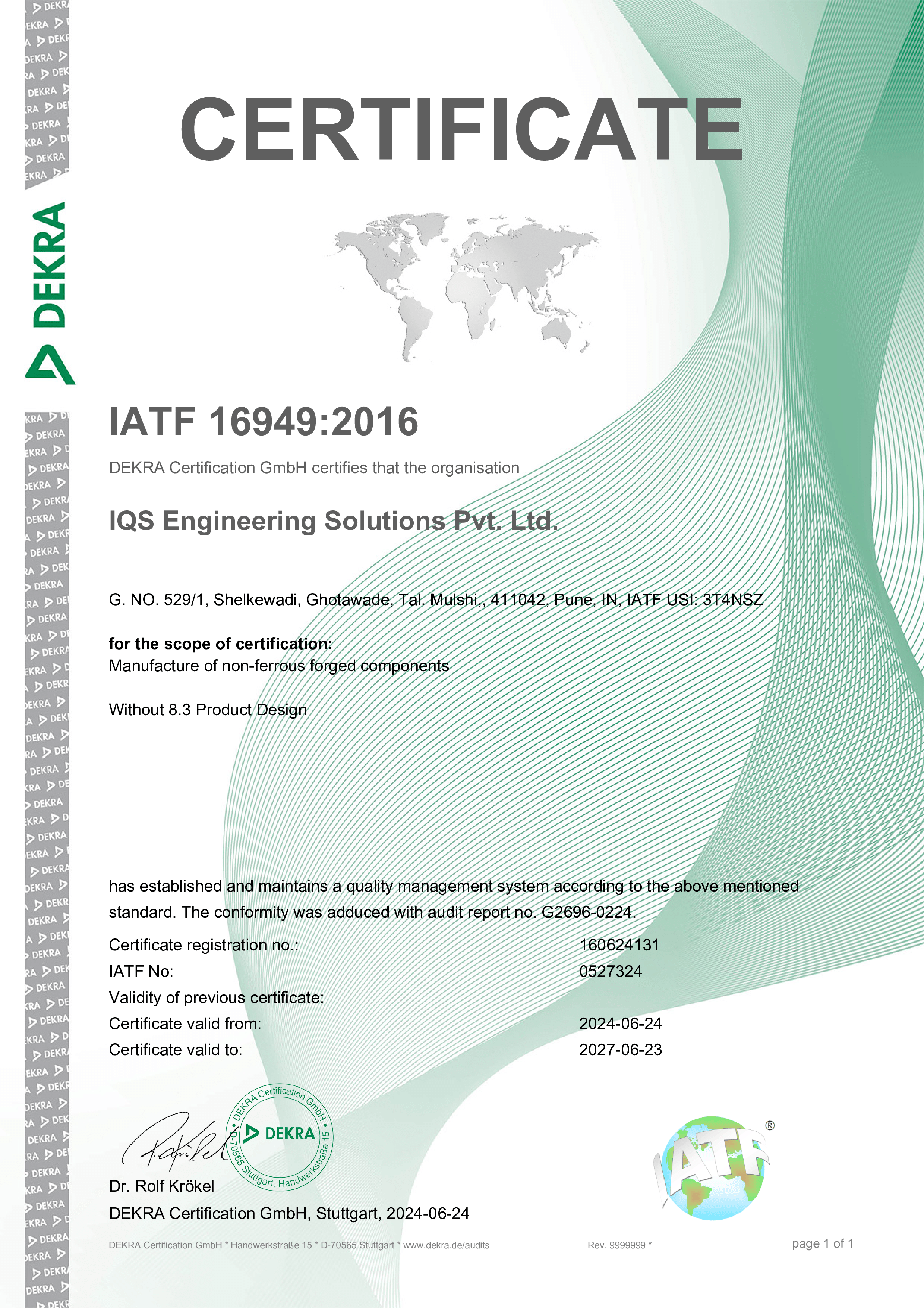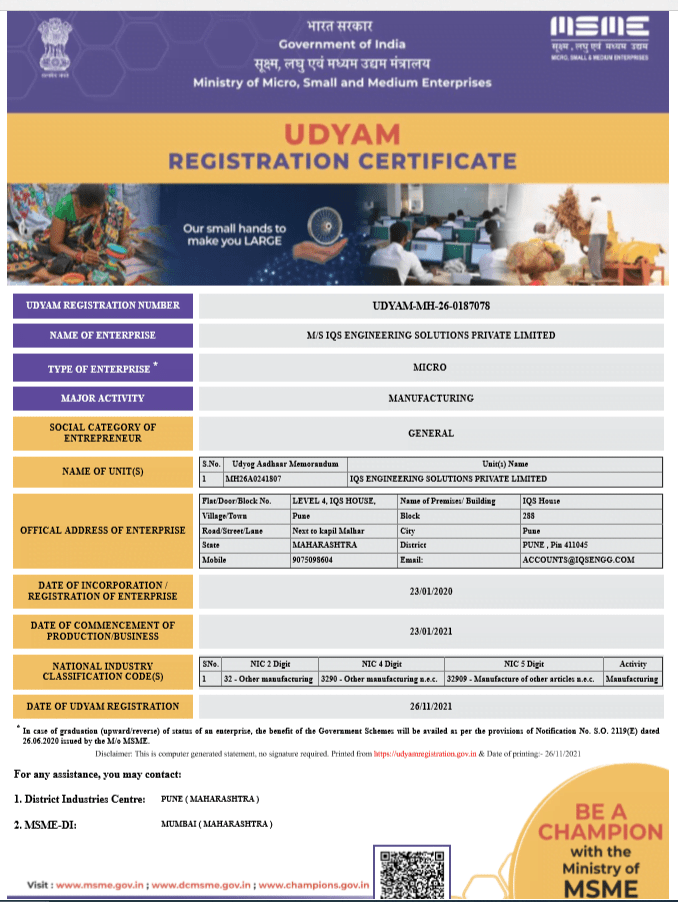Sales Inquiry
Certifications And Approvals
ISO 9001: 2015 specifies the requirements for a Quality Management System in the following situations:
- It is required to demonstrate its ability to consistently provide products and services that meet the legal and regulatory requirements applicable to customers, and
- Aims to pass effective system applications, improve customer satisfaction, including system improvements and processes that ensure compliance with customers and applicable laws and regulations.

Define
The purpose of this stage is to articulate business issues, goals, potential resources, project scope, and high-level project schedules. This stage clarifies the facts, set goals, and form a project team. The capabilities at this stage define who the customers are, what the product and service requirements are, and what the expectations are:
- It defines project boundaries
- It defines the start and end of a process
- It helps in the mapping and improving the process flow.
Measurement
The purpose of the measurement phase is to measure the problem / goal specifications. This is the stage of data collection and its purpose is to set a performance baseline for the process. Baselines are compared to performance metrics at the end of a project to determine if significant improvements have been made objectively. The team decides what to measure and how to measure it. The function at this stage develops a data collection plan for the process:
- Collect data from multiple sources to determine failure types and metrics
- Determined by comparing with customer survey results.
Analysis
This stage aims to identify, verify, and select the root cause to remove issues. Many potential root causes of project problems are identified through root cause analysis. The top potential root causes are selected using multiple voting or other consensus tools for additional verification. A data collection plan is created, the data is collected, and the project metric is established with the relative contribution of each root cause. This process is repeated until the "right" root cause is identified. This stage has the following characteristics:
- Identifies the gap between current performance and target performance
- Prioritizes opportunities for improvement
- Determines the cause of variation
Improvement
The purpose of this step is to test and implement a solution to the problem. Find creative solutions that eliminate the leading root causes to troubleshoot and prevent processes. This stage has the following characteristics:
- Control the deployment by creating a sustainable rule
- Implementation of a plan that creates innovative solutions through skills and training
Control
The purpose of this phase is to include changes. To ensure sustainability, this can be called a "stick" change. This stage has the following characteristics:
- System and structural changes institutionalizing
- Improvements requiring the development, documentation and
- Implementation of continuous monitoring plans to avoid going back to “old ways”.









